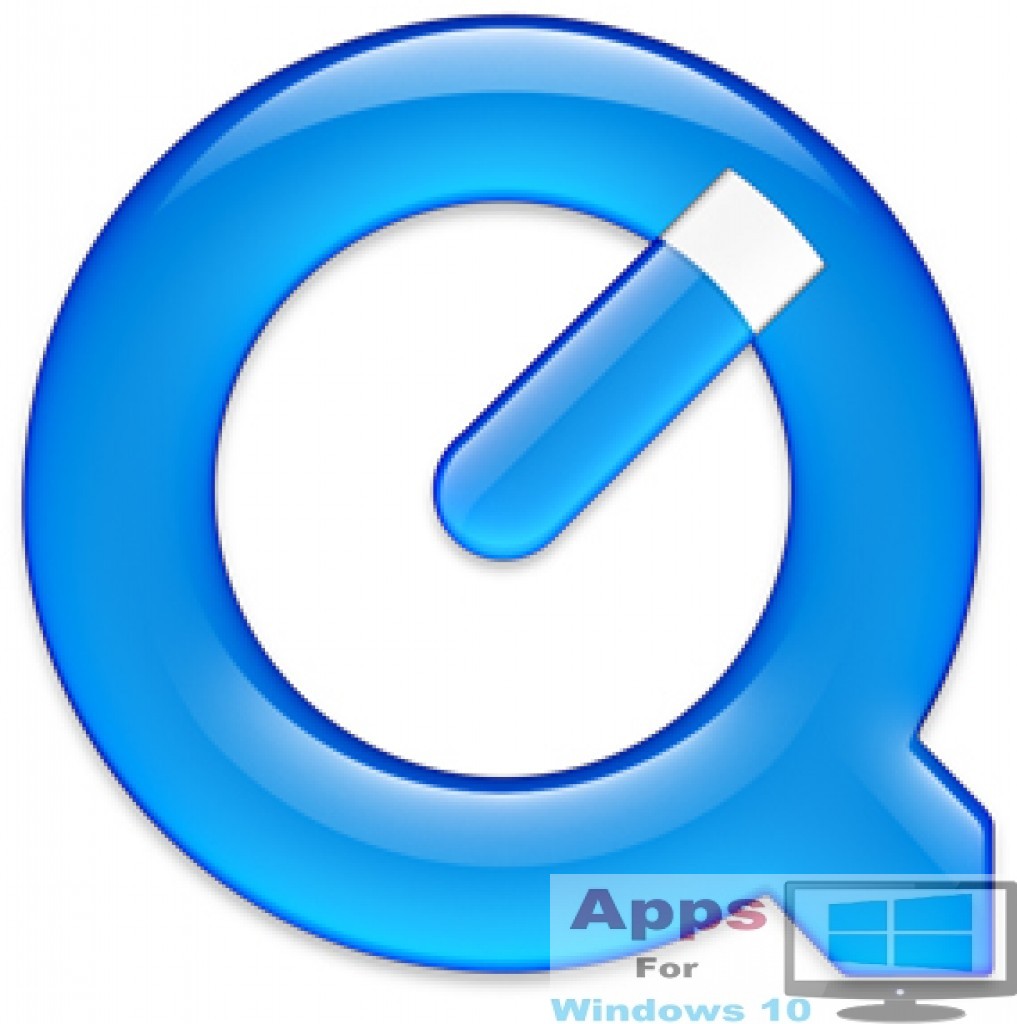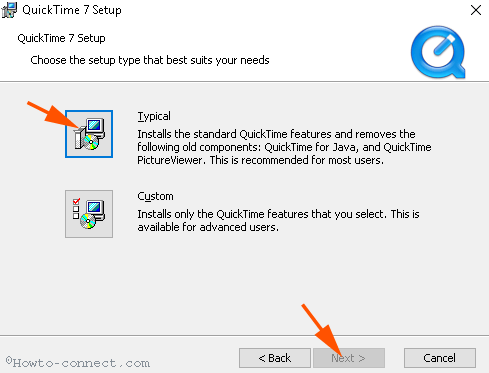

It’s worth noting, though, that if you want to get rid of all traces of QuickTime that its built-in uninstaller typically misses, use a program like Revo Uninstaller to remove it.įor more details on uninstalling software thoroughly, read our article: How Do I Completely Uninstall Software on Windows? Keep in mind that Apple installs a bunch of software with iTunes, and using this method only gets rid of QuickTime, which is what you want. Then follow the uninstall wizard on the screen.

Find QuickTime, right-click it, and hit Uninstall.

To uninstall it from Windows 7, open Control Panel and then select Programs and Features.

Scroll down to QuickTime, click it and then uninstall. To uninstall it from Windows 10, go to Settings > System > Apps & features. If you have iTunes installed on your Windows PC, chances are you also have QuickTime as it came bundled in the iTunes installer before version 10.5. This security issue only affects Windows and not OS X systems. However, since Apple has abandoned QuickTime for Windows and will no longer support it, the only way to protect yourself from an attack is to get rid of it. In this regard, QuickTime for Windows now joins Microsoft Windows XP and Oracle Java 6 as software that is no longer being updated to fix vulnerabilities and subject to ever increasing risk as more and more unpatched vulnerabilities are found affecting it. But the only way to protect your Windows systems from potential attacks against these or other vulnerabilities in Apple QuickTime now is to uninstall it. We’re not aware of any active attacks against these vulnerabilities currently. According to Trend Micro’s security bulletin: Trend Micro says it hasn’t discovered any active attacks that target the newly found vulnerabilities (at least not yet). The Computer Emergency Readiness Team, which is part of the Department of Homeland Security, issued security alert (TA16-105A) on Thursday calling for all Windows users to uninstall the program.


 0 kommentar(er)
0 kommentar(er)
